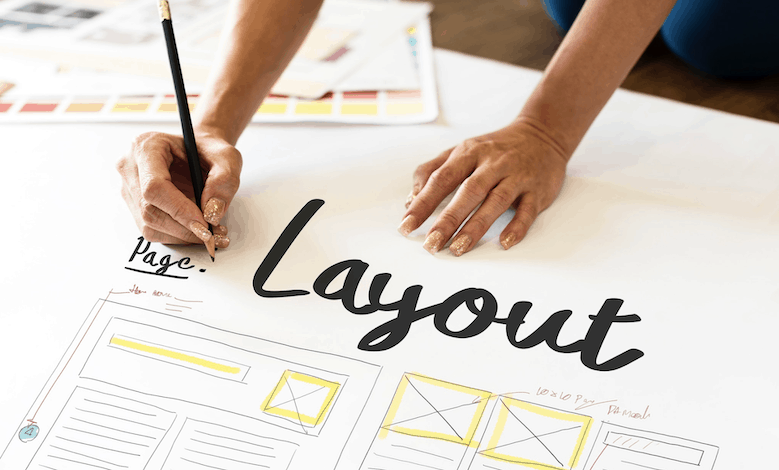Setting up a website is often the first step that small business owners take when it comes to showing off the products and services they’ve come up with and putting them on offer to the consumer market. Of course, if you’ve already put time and effort into product development, market research, manufacturing, and the rest of the process that it takes to bring products to life, you’re going to want to start profiting from them as quickly as possible.
But you can’t rush the process of setting up your site. Your web page can make or break your company and you want to make sure that it’s just right before opening the doors to the masses. Here are just a few different areas that you might want to focus on when it comes to making sure your website works for your customers!
Web design
Think of all of the times you’ve clicked on a site, only to close the tab moments later. This is exactly what you don’t want your customers to do. Studies show that the majority of people decide whether they’re staying on a website or not, so you need to make sure that anyone who lands on your page wants to stay. But how can you achieve this? Well, here are a few areas to focus on when it comes to Web Design.
Start with aesthetics
When you’re building your website, the first area of design that you should focus on will be aesthetics. Your page needs to look good. This will be the first determining factor in regards to whether people feel drawn to your brand and whether they’re willing to give you the time of day. Make sure the colour scheme aligns with your branded colours.
Make sure it isn’t overpowering, but also make sure it isn’t bland. If your brand logo uses bright colours, consider incorporating them into your page with navigation bars, headers, or scroll bars. Having a full bright red background isn’t likely to do you any favours. Also, consider things like font type and graphics. Do they look good? If so, go ahead. Put the main focus on your landing page
Remember that your website essentially plays the role of the traditional storefront, just online instead of in person. Much like a traditional brick and mortar storefront or window display, the layout and general aesthetic of your online store will have a profound impact on your conversion rates.
Consider user experience
Think of what it is that makes you stay on a page and what it is that makes you want to leave when you are looking around what a brand has to offer. Draw up a list of positives and negatives when it comes to your experience of others’ websites and then stick with the positives and remove the negatives in your own.
If people who land on your webpage can find their way around easily – finding your products, finding further information, or finding help pages – they are likely to have a positive experience with your webpage and are consequently going to be more likely to spend, recommend your brand to others, and come back time and time again.
Whether you focus on user experience or not holds the potential to determine whether your company will make money or not. If you’re in doubt about what your customers expect from your sites navigation, you can find out what they want by conducting a little market research. Create a webpage and see if it works. If you get negative feedback, you can edit your site accordingly.
Photography
Once you’ve got the bare basics in place, it’s time to start filling your page with content. The first area of focus should be product photography. Now, many of us are tempted to start out by taking photos of our goods on our phones in a bid to save money while we start out.
Of course, smartphone cameras are improving in quality as time goes by and you can get some pretty good snaps on a personal level. But you really should consider investing in the services of a professional product photographer when it comes to your product photography for your website.
A professional product photographer will be able to show your goods off in their best light. They’ll have access to extremely high
Higher quality means they won’t be pixelated on your page and you can take advantage of web design features such as zoom. They will also have a good eye, meaning your products will be shown off in an innovative way that stands out from your competition.
Copy
Again, small business owners often try to save money by writing their web copy themselves.
But words are complex and sometimes
Sure, this might look like a whole lot of work being brought to your plate. But trust us, it really does pay off to put time, effort, and investment into your small business’ website. When you bear in mind that increasing numbers of people are leaving the high street behind and taking their business online, an appealing website can prove to be a huge source of profit! Hopefully, the above information will help you to create a page that is perfect for your brand and brings a whole lot of money in for you!



